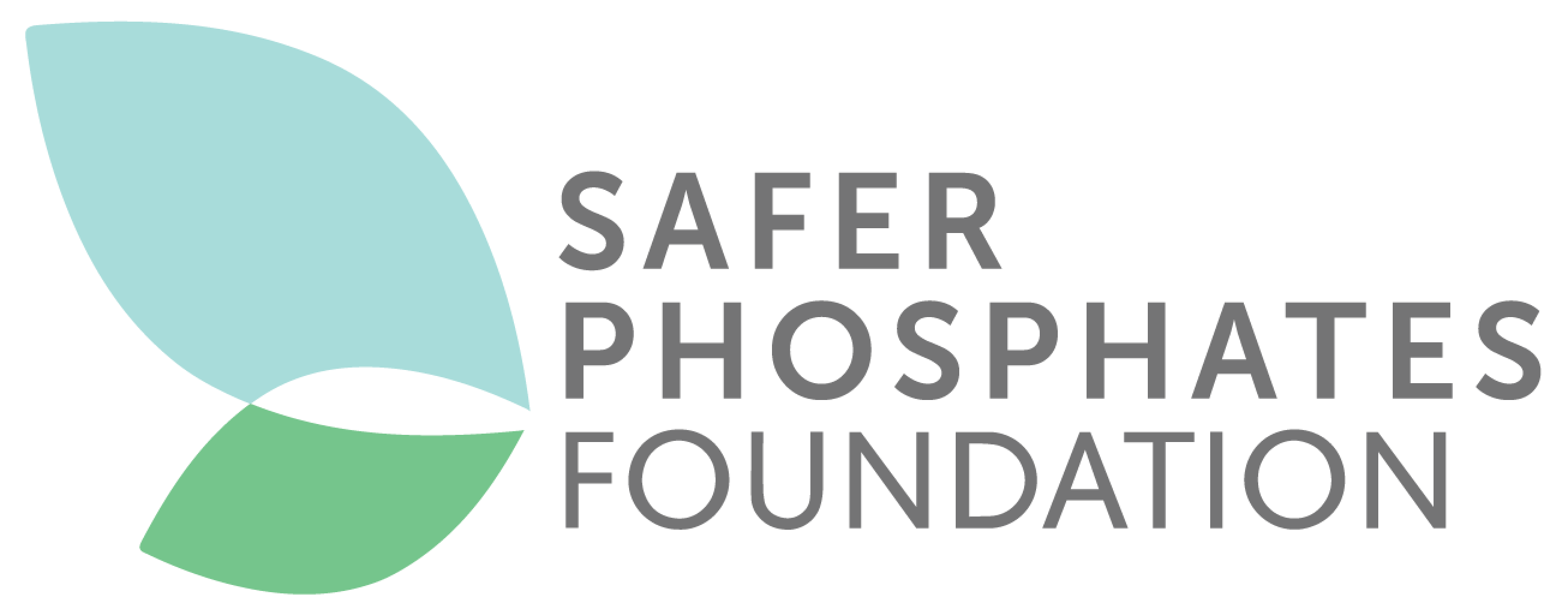In May 2021, at the 14th session of the Codex Committee on Contaminants in Food (CCCF14)1, the majority of Committee members recommended adopting new maximum levels (MLs) for cadmium in chocolate. If adopted, the Codex decision would be a positive step towards achieving common global standards, based on expert scientific risk assessment and global data from producing regions.
Safer Phosphates strongly supports the adoption of the lowest maximum levels which will help minimise the impact of cadmium on human health.
The proposed levels set for cadmium are 0.3 milligrams per kilogram (mg/kg) for chocolate containing up to 30 percent cocoa total solids and 0.7mg/kg for the 30 percent to 50 percent category.
The European Union (EU), Norway and Egypt did not agree with the 0.3 mg/kg levels put forward and suggested a lower level of 0.1 mg/kg instead.
)
In particular, Veerle Vanheusden, the EU’s representative at the virtual meeting, did not endorse the proposed maximum levels for cadmium in chocolate and supported an even lower maximum level, as “these products are important contributors to the exposure of EU consumers and in particular of EU children, for which the mean dietary exposure could exceed the tolerable weekly intake established by the European Food Safety Authority by about twofold”.
The Joint FAO/WHO Expert Committee on Food Additives (JECFA) carried out an exposure assessment of cadmium in all food sources which found that “heavy metal in cocoa is not a significant source of exposure in the human diet globally. However, for children from mainly European countries that eat only cocoa sources from South America, these products do pose a more significant source of exposure to cadmium”.
In a recent article 2 related to a study about cacao crops from South America, Bravo et al. stressed that cadmium has become one of the “biggest challenges due to its flux from soils, and due to the enriched content of this metal, it makes its way into the beans and finally affects the chocolate quality”. This study found out that “both geogenic and anthropogenic activities have an incidence on the final cadmium content in chocolate, especially with respect to soil properties, fertilizer applications, post-harvest treatments and chocolate production”.
The Codex Committee on Contaminants in Food proposals will be discussed again at the next Codex Alimentarius Commission meeting in November.
1. The Codex Alimentarius Commission (commonly referred to as Commission) is the body established by FAO and WHO to develop food standards under the Joint FAO/WHO Food Standards Programme. The Codex Alimentarius Commission is based in FAO in Rome. It coordinates input from 187 Member Countries and one Member Organization to develop and endorse the international food standards that comprise the Codex Alimentarius.
2. “Cadmium in Cacao: ‘From Soil to Bar’ the Journey of Cadmium at a Farm Level”, by Daniel Bravo, Margareth Santander, Jader Rodríguez, Sebastian Escobar, February 2021.

